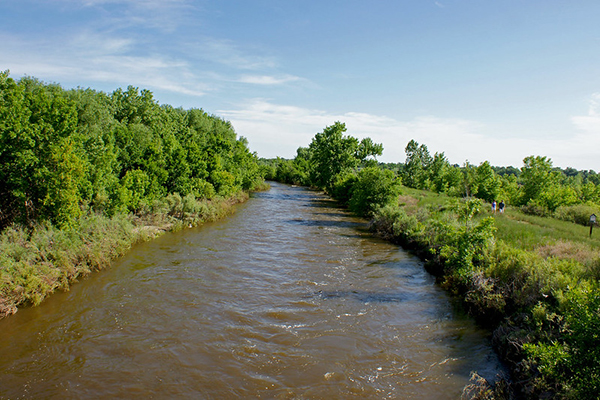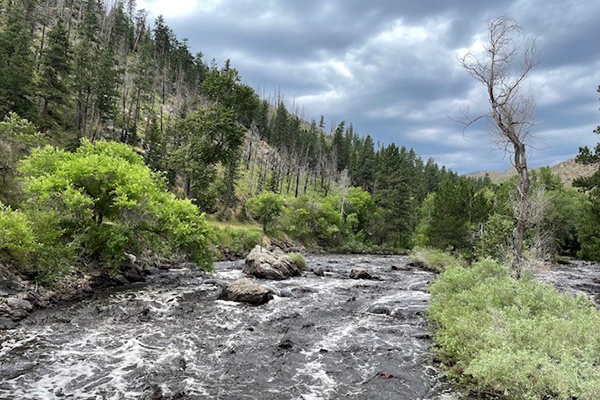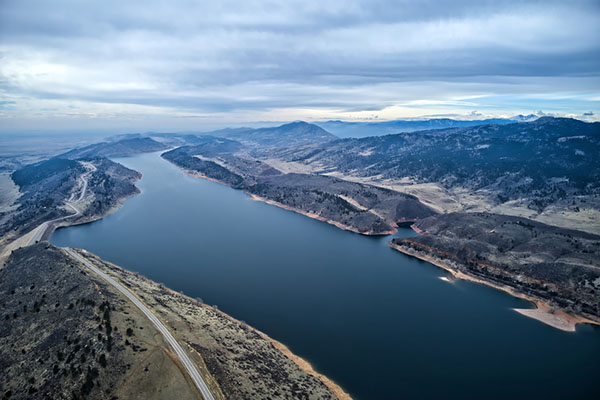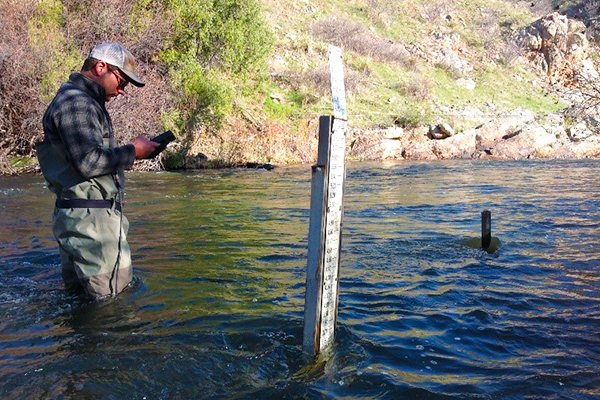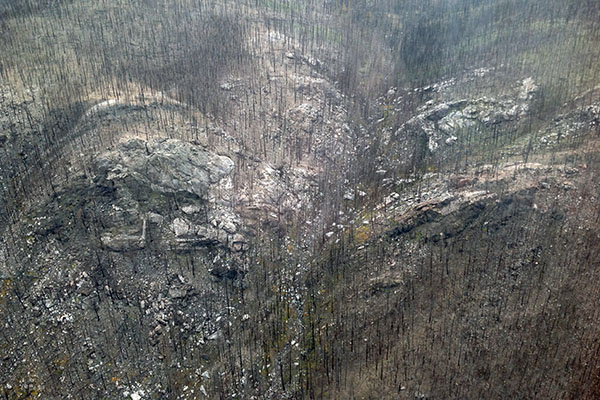Source Water Monitoring and Watershed Protection#
What is a watershed?
A watershed is an area of land that drains into a body of water.
Fort Collins receives its water from the Poudre River and Horsetooth Reservoir (via the Colorado-Big Thompson Project). These water sources are fed by the Colorado, Big Thompson and Poudre watersheds.
Our watersheds channel water from rain and snowmelt into creeks, reservoirs and the Poudre River. If water flows over unhealthy landscapes, it can become contaminated. Protecting our watersheds is essential to the environment, public health and the economic well-being of Fort Collins.
Monitoring and protecting watersheds is a public health responsibility that is shared among the City of Greeley, the Tri-Districts, Northern Water, and other entities. Click here to learn more about watershed collaboration.
Monitoring and Protecting Our Water Sources
Horsetooth Reservoir and the Upper Cache la Poudre River are the drinking water sources for the City of Fort Collins. Since the late 1980s, Fort Collins Utilities has conducted water quality monitoring of its drinking water sources. Water quality monitoring is an important tool to proactively track changes in water quality and identify sources of pollution to the City's drinking water supplies. The collection and assessment of data helps the City meet present and future drinking water treatment goals. The objectives of the Source Watershed Program are to:
- Ensure high-quality water supplies are maintained
- Determine long-term water quality changes that may increase treatment costs
- Support the design and optimization of water treatment plant processes
- Determine impacts of land use and human activity on water quality
- Support the protection of the City's drinking water sources
Did You Know?
Utilities offers incentives on ENERGY STAR®-certified clothes washers.
You can save water by installing WaterSense showerheads.
Stormwater Master Planning helps protect people, property and the environment against flooding, erosion and water quality problems caused by runoff.
